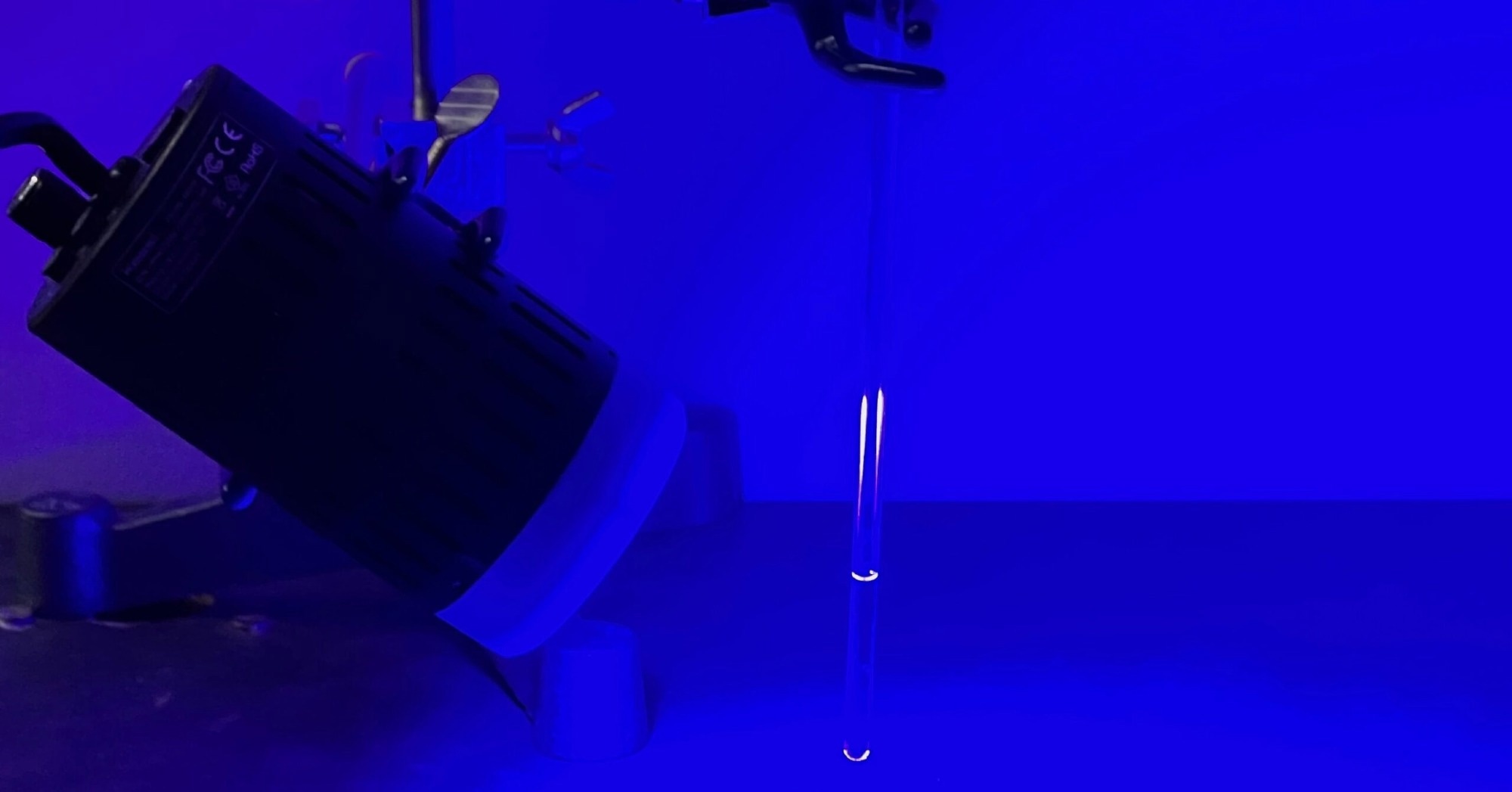Reviewed by Lexie CornerFeb 29 2024
Light-induced rotation of bulky groups around central bonds in molecules has potential applications in the development of photo-activated bioactive systems, molecular switches, and other devices.
 The molecules synthesized in this study form different isomers when irradiated with blue light. Image Credit: Akira Katsuyama
The molecules synthesized in this study form different isomers when irradiated with blue light. Image Credit: Akira Katsuyama
Hokkaido University researchers, under the direction of Assistant Professor Akira Katsuyama and Professor Satoshi Ichikawa at the Faculty of Pharmaceutical Sciences, have created a new class of molecules that can be made to rotate internally when they come into contact with light, expanding the capabilities of synthetic chemistry.
It is thought that similar mechanisms play a significant role in certain natural biological systems. Synthetic forms could be used in bioactive compounds, such as medications, to carry out photochemical switching tasks in molecular computing and sensing technologies. The research was published in Nature Chemistry.
Achieving a system like ours has been a significant challenge in photochemistry. The work makes an important contribution to an emerging field in molecular manipulation.
Akira Katsuyama, Assistant Professor, Faculty of Pharmaceutical Sciences, Hokkaido University
Several natural proteins have provided insights into the potential for light to change molecular conformations dramatically. Among them are the rhodopsin molecules found in the retina of the eye, which are essential for transforming light into the electrical signals processed by the brain to produce our perception of vision. More information is becoming available about how light absorption can cause a portion of the rhodopsin molecule to twist, which is necessary for its biological function.
Mimicking this in synthetic systems might create molecular-level switches with a variety of potential applications.
Akira Katsuyama, Assistant Professor, Faculty of Pharmaceutical Sciences, Hokkaido University
The Hokkaido team’s achievement of photo-induced, or light-driven, rotation of molecular groups around a sequence of chemical bonds incorporating a nitrogen atom along with other bonded carbon atoms was a significant breakthrough.
The addition of molecular components containing an atom from the “chalcogen” group of elements (selenium or sulfur) to an amide compound, a simple organic molecule, allowed for the rotational properties. This allowed for synthetic photo-induced rotational systems to be controlled and versatile to a new degree.
Based on rings of six bonded carbon atoms, some chemical groups rotating around the central bonds were rather large. This made large-scale molecular alterations that might be necessary for practical application in molecular switching systems easier.
The group showed the photo-induced modifications and carried out theoretical computations that provided insights into the most likely processes by which the rearrangements took place.
The team also investigated the impact of temperature on the transformations. Theoretical and experimental work together should help direct future investigations into investigating and regulating modifications to the systems that have already been achieved.
Our next research priority is focused on the potential of our methods for making new bioactive molecules activated by light. These could be applied in biological research or possibly developed as drugs.
Satoshi Ichikawa, Professor, Faculty of Pharmaceutical Sciences, Hokkaido University
It is possible to regulate the location and timing of the conformational changes by using light to trigger them. This may be essential for applications in biological systems that are precisely targeted, such as potential therapeutic uses.
The Japan Agency for Medical Research and Development provided funding for the study through the Japan Society for the Promotion of Science KAKENHI Grant-in-Aid for Challenging Research and Grant-in-Aid for Scientific Research; Japan Science and Technology Agency FOREST and ERATO; JSPS World Premier International Research Center Initiative; and The Akiyama Life Science Foundation.
Journal Reference:
Nagami, S., et al. (2024) Photoinduced dual bond rotation of a nitrogen-containing system realized by chalcogen substitution. Nature Chemistry. doi.org/10.1038/s41557-024-01461-9